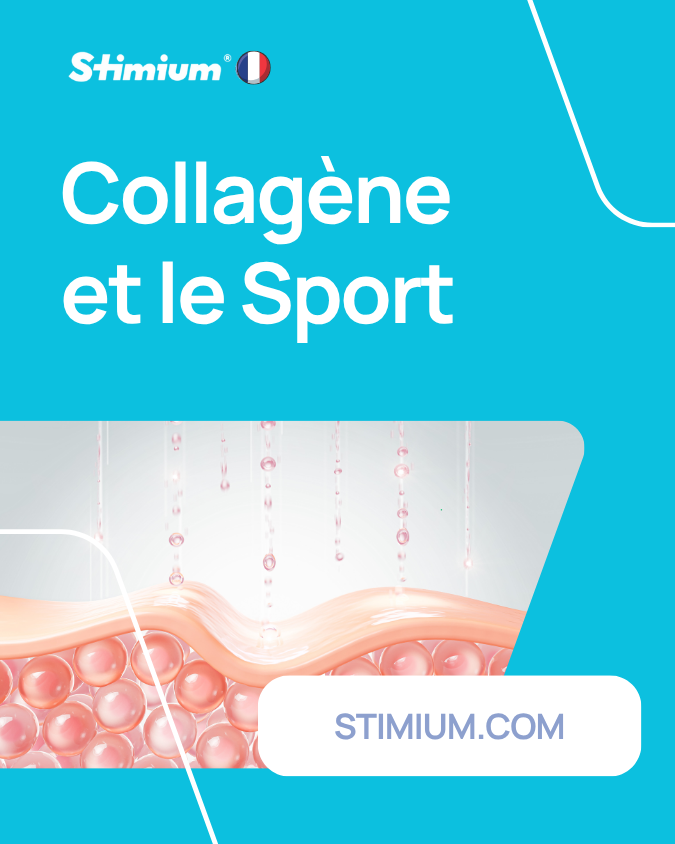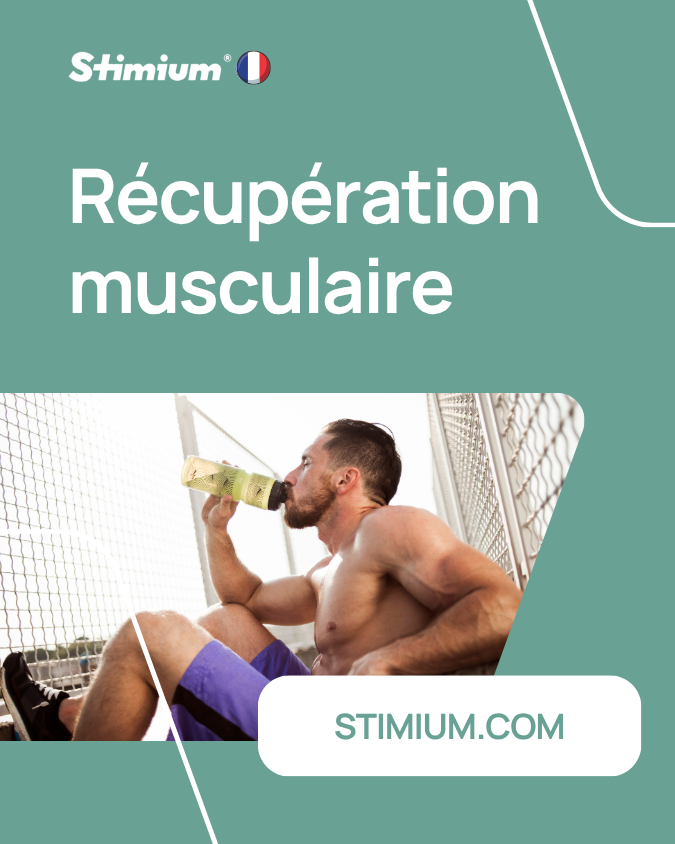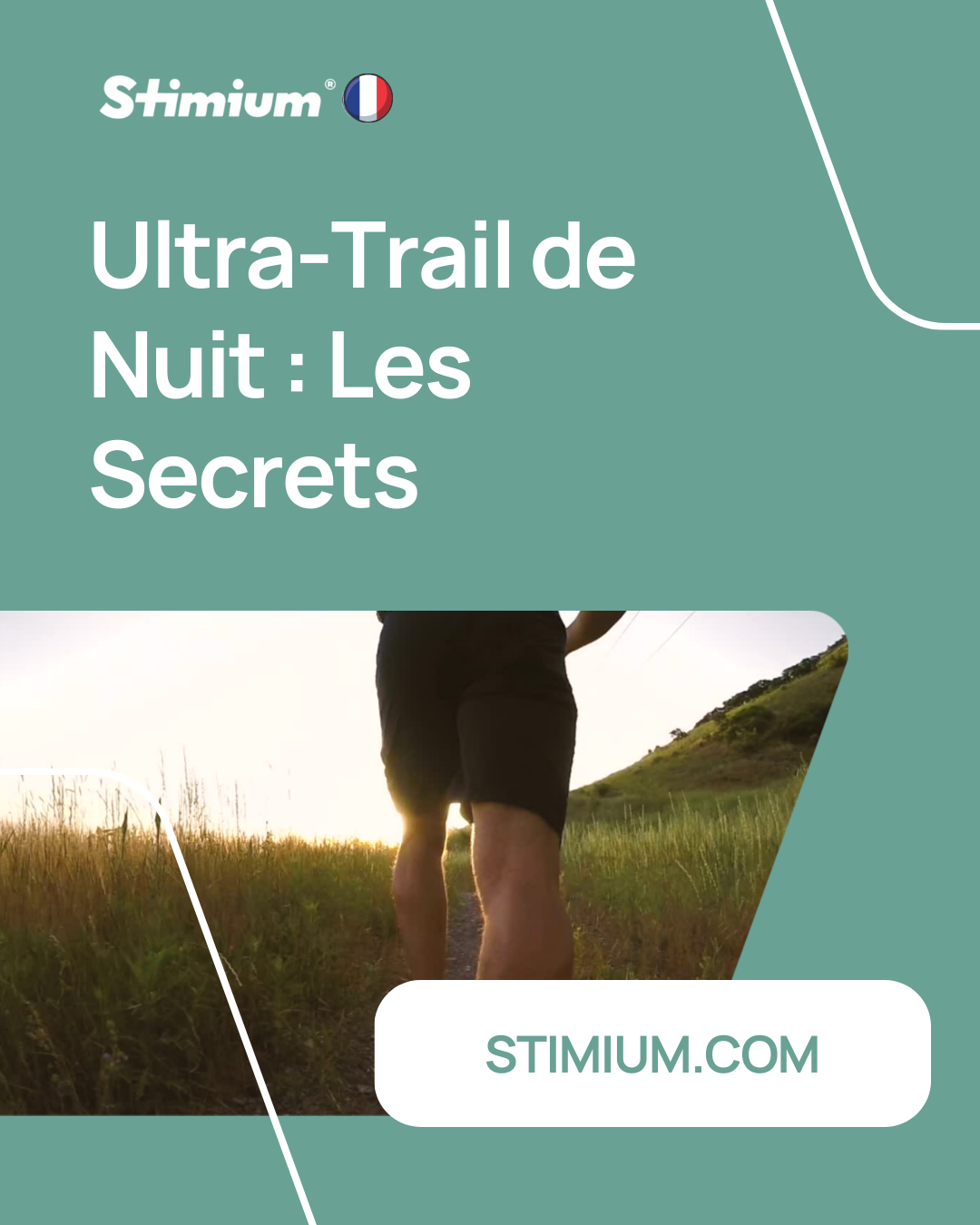Stretching: between myth and reality
Many athletes stretch before, during or even after their sports session. A habit which is enormously criticized, both by the medical profession and by athletes themselves. These manipulations would be responsible in particular for causing muscles to fall asleep or even for muscle contraction – which would push some athletes to ban them completely.
By definition, stretching are specific exercises aimed at improving mobility through progressive lengthening of the muscle. They then improve joint range of motion within the limits of the muscle's ability to elongate. 1
While there are a multitude of different stretching exercises, it is possible to distinguish two main groups and types of stretching. On the one hand, so-called “passive” stretching, during which we force the muscle to stretch it. The goal will be to regain physiological muscle length. We are therefore gaining length, relaxing and recovering. On the other side, we find “active” stretching or also called ballistic stretching. In this specific case, these are sequences of movements carried out dynamically. There, we look for the amplitude gain. 1
Stretching: when and how?
Contrary to popular belief, it is possible to stretch at any time, before or after a sporting activity, provided that you respect certain rules.
Before or during a session, active exercises are preferred. They will stretch the muscle during a movement and wake it up. We have both a blood supply and work that takes place at the level of the nerve endings. Respecting an average of 10 to 15 seconds maximum per manipulation seems reasonable.
Regarding passive stretching, it is essential to do them away from the sports session, that is to say after physical activity, while the muscles have time to cool down. We recommend waiting until you get home, take a shower and snack on something. Then, you will be able to focus on each muscle for at least 30 seconds each. These exercises will help avoid stiffness but also allow you to return more easily to your baseline state and muscle relaxation.
At Stimium, we have no negative preconceptions about stretching as long as they are done correctly. Our Scientific Committee includes an osteopath and a Physiotherapist, the latter 2 on the contrary recommend stretching in their daily advice, but within the framework of well-mastered gestures, by rather activating static stretching sessions, similar to stretching, which are carried out gradually, by increasing the amplitude slowly, without inducing voluntary contraction of the muscle fibers improving the overall flexibility of the athlete without risk of injury and without putting tension on certain more fragile muscles. More than stretching, before or after sport, it is above all the control of the Pre and Post Sports period that must be understood. Moreover, most athletes have a well-defined ritual before (also during) and after the race.
Muscle and joint pain will be better controlled if you take less time to recover once the training or race is over.
It is of course useful to prevent joint injuries to the knees or ankles as much as possible, for example by using Stimium® Joint Flex for prevention, to try to relieve joint problems, and to prevent any problems with the cartilage.
Once the physical exercise has been completed, training and invisible recovery begin almost immediately, with products like Stimium® Mc3 or Stimium® Mc3 powder widely used and recommended by sports doctors and nutritionists to reduce the risk of cramps, particularly in the level of the legs (quadriceps and calf), and to combat muscle fatigue.
In the same vein, Stimium® Rgn3 Reload or Stimium® Rgn3 Clean-Up to restock vitamins and minerals after exercise are very relevant for athletes to facilitate recovery. Finally, our Stimium® Iso Carb Mix , initially developed for a top European football club, is the high-end recovery product, to replenish these glycogen and protein sources.
All these products, combined with a type of controlled stretching that you have selected, will facilitate your recovery, and allow you to be able to return very quickly to new sporting and dynamic days, having reduced the risk of aches and other muscle glitches.
Don't change your ritual if it suits you! And continue to take care of your recovery!
Thanks to Vincent Jacquet, sports physiotherapist at Pôle Kiné Chenel , in Franconville.
1 http://www.ffs.fr/pdf/dss/FFSdtninfo-techno-etirementsski.pdf (Stretching: interests and limits in the context of competitive and leisure skiing | Nicolas Coumly | Published by the Department Sportsman and Scientist of the FFS | MAY 2008)







